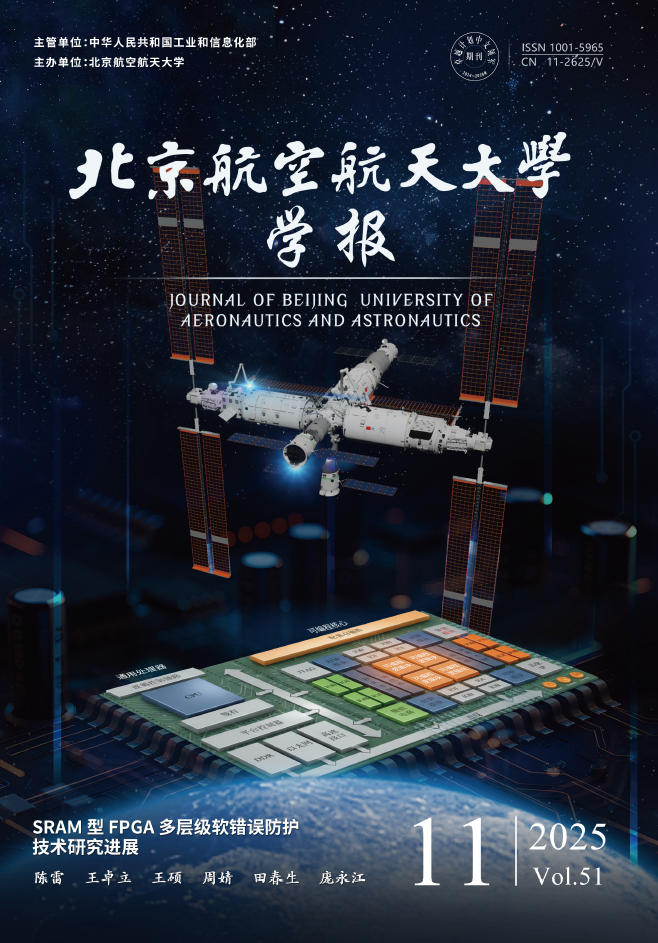2004 Vol. 30, No. 11
2004, 30(11): 1029-1032.
Abstract:
2004, 30(11): 1033-1037.
Abstract:
2004, 30(11): 1038-1042.
Abstract:
2004, 30(11): 1048-1051.
Abstract:
2004, 30(11): 1052-1056.
Abstract:
2004, 30(11): 1057-1060.
Abstract:
2004, 30(11): 1061-1065.
Abstract:
2004, 30(11): 1066-1070.
Abstract:
2004, 30(11): 1071-1075.
Abstract:
2004, 30(11): 1076-1079.
Abstract:
2004, 30(11): 1084-1087.
Abstract:
2004, 30(11): 1088-1091.
Abstract:
2004, 30(11): 1092-1096.
Abstract:
2004, 30(11): 1101-1105.
Abstract:
2004, 30(11): 1111-1115.
Abstract:
2004, 30(11): 1116-1120.
Abstract:
2004, 30(11): 1121-1124.
Abstract:
2004, 30(11): 1125-1128.
Abstract:
2004, 30(11): 1129-1132.
Abstract:







 XML Online Production Platform
XML Online Production Platform

